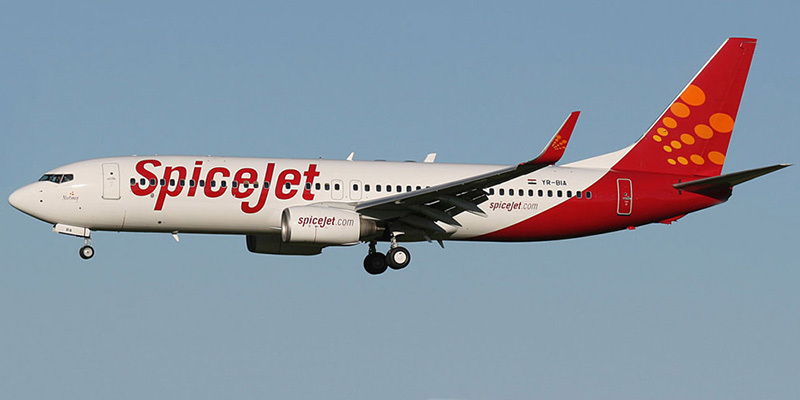Budget Airline Wants to Land in Sea,, Opening for New Cadets
The next sales pitch for one of the world’s fastest-growing airlines may turn out to be: No runway? No problem!
Spice-Jet Ltd., an Indian budget carrier that’s seen its stock zoom 899 percent in three years, wants to open up the third-biggest aviation market even more. That means targeting the billion Indians who’ve never flown before, either because they can’t afford it or because they don’t live near a functioning airport.
he airline is in talks with Japan’s Setouchi Holdings Inc. to buy about 100 amphibious Kodiak planes that can land anywhere, including on water, gravel or in an open field. The deal, valued at about $400 million, would help SpiceJet capitalize on Prime Minister Narendra Modi’s ambitious plan to connect the vast nation by air without waiting for billions of dollars in upgrades to colonial-era infrastructure.
“Airports are in short supply in India,” SpiceJet Chairman Ajay Singh said. “Lots of the growth in India is happening in small markets, but those small markets have little or no connectivity. So we are looking for a solution where we can get flights to places where no airports exist.”
While negotiations continue, Hiroshima-based Setouchi plans to conduct a demonstration water landing in November, said Go Okazaki, an executive managing director in the overseas business division. He couldn’t estimate when the deal would close.
India’s airlines handled 100 million domestic passengers last year, making it the No. 3 market behind China and the U.S. To handle growth, India will need at least 2,100 new planes worth $290 billion in the next 20 years, Boeing Co. estimates.
Modi unveiled a plan in 2015 to bring aviation to the remotest parts of the world’s seventh-biggest land mass. The government program subsidizes airfares while offering free landing and parking to airlines. Modi envisages domestic ticket sales quintupling in the next decade to half a billion units.
About 97 percent of India’s 1.3 billion people have never been on an airplane, according to SpiceJet. But there’s a problem finding places to pick up and drop off those passengers.
Only about 75 of the 450 areas designated by the Indian government as an airport or airstrip currently handle commercial flights. That exacerbates the stress on major airports in New Delhi, Mumbai and Bengaluru, where hardly any landing slots are available.
Infrastructure at most of those dormant airports — runways, control towers, terminals and maintenance sheds — has suffered decades of neglect, making the sites unusable.
That’s where SpiceJet’s amphibious strategy comes in. The Kodiak aircraft, which can seat either 10 or 14 people, is capable of taking off or landing on a 300-meter strip of water or land, and has a range of 1,000 kilometers (621 miles.) That’s about the distance between Mumbai and Bengaluru.
By: Anurag Kotoky – Source: Bloomberg Oct 30, 2017


